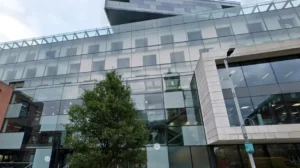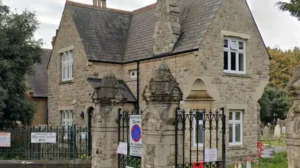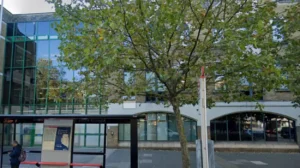Key Points
- Redbridge has seen a notable improvement in air quality, attributed in part to the implementation of School Streets schemes.
- School Streets restrict motor vehicle access around schools during peak times, encouraging walking and cycling.
- The initiative is supported by local authorities and environmental groups aiming to reduce pollution and improve children’s health.
- Data indicates a measurable reduction in nitrogen dioxide (NO2) levels in areas where School Streets have been introduced.
- The scheme aligns with broader efforts to promote sustainable transport and combat urban air pollution.
- Community feedback highlights increased safety and a more pleasant environment around schools.
- The success in Redbridge serves as a model for other boroughs considering similar interventions.
What is the School Streets scheme and how does it improve air quality in Redbridge?
School Streets is a local government initiative designed to reduce Redbridge traffic congestion and pollution around schools during drop-off and pick-up times by temporarily restricting motor vehicle access. According to reports, these measures have contributed significantly to the improvement of air quality in Redbridge, a London borough. By limiting vehicle presence near schools, School Streets encourage walking, cycling, and the use of public transport, thereby reducing emissions of harmful pollutants such as nitrogen dioxide (NO2) and particulate matter.
How has air quality changed in Redbridge since the implementation of School Streets?
Environmental monitoring data reveal a measurable decline in NO2 concentrations in the vicinity of schools where School Streets have been enforced. This improvement is attributed to the reduction in idling vehicles and lower traffic volumes during critical times of the day. Local authorities report that the air quality improvements are consistent with the objectives of the scheme and contribute to healthier environments for children and residents alike.
Who supports the School Streets initiative in Redbridge?
The scheme enjoys support from Redbridge Council, environmental advocacy groups, and public health organisations. These stakeholders emphasise the importance of protecting children from air pollution and promoting active travel modes. Community feedback has been largely positive, noting enhanced safety for pedestrians and a quieter, cleaner atmosphere around schools.
What are the broader implications of Redbridge’s air quality improvements for other areas?
The success of School Streets in Redbridge provides a viable model for other London boroughs and cities facing similar air pollution challenges. By demonstrating tangible benefits in air quality and community wellbeing, the scheme encourages replication and scaling up of such interventions. It aligns with national and local government goals to meet air quality standards and reduce the health impacts of urban pollution.
Are there any challenges or criticisms associated with the School Streets scheme?
While the overall reception has been positive, some concerns have been raised regarding potential traffic displacement to neighbouring streets and the need for comprehensive enforcement. Authorities acknowledge these challenges and are working on measures to mitigate unintended consequences, including community engagement and monitoring traffic patterns beyond school zones.
In conclusion, the introduction of School Streets in Redbridge has played a pivotal role in improving local air quality, particularly around educational institutions. This initiative not only fosters healthier environments for children but also promotes sustainable urban living practices. As other boroughs consider similar schemes, Redbridge’s experience offers valuable insights into effective implementation and community collaboration.








